Mysterious Mercury: 5 groundbreaking images shedding light on the mini-planet (PHOTOS)
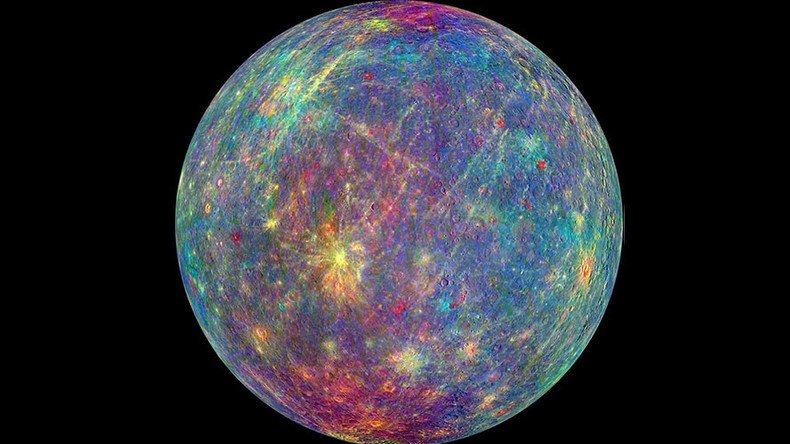
In light of Monday’s rare Mercury transit, we take a look back at five of the most fascinating images taken of the enigmatic planet.
Mercury is the closest planet to the Sun and, though bigger than our moon, it is also the smallest planet in our solar system.
It’s close enough to Earth that the tiny planet can at times be seen by the naked eye, but its proximity to the sun makes any exploration of Mercury very tricky.
READ MORE: Watch Mercury travel across the face of the Sun (VIDEO)
Exploring Mercury, and even just getting close enough to capture images, is a challenge because of both its closeness to the sun and its lack of atmosphere.
However, NASA’s Messenger spacecraft, the first to go into orbit around Mercury in 2011, has captured incredible images and delivered ground-breaking data.
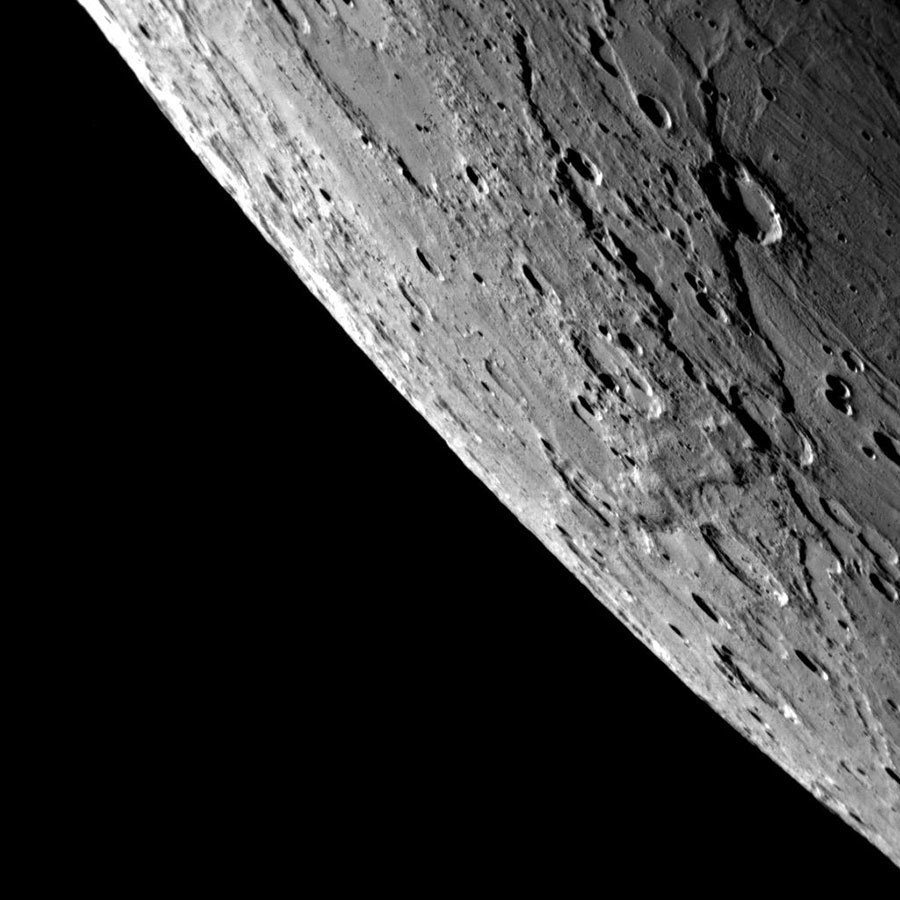
This extraordinary close-up image taken “about 58 minutes” before Messenger’s closest approach to Mercury on October 6, 2008, gives a detailed look at the planet’s deeply marked, crater-ridden, surface.
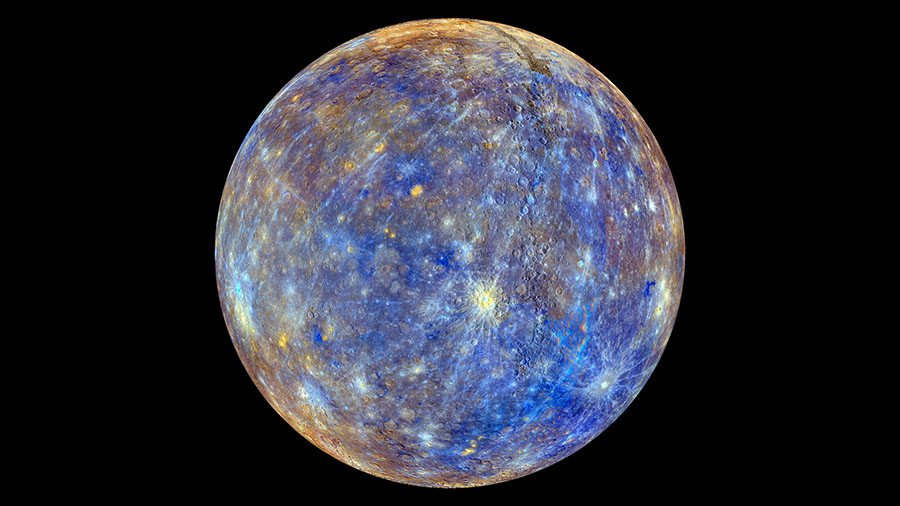
Mercury’s unique chemical, mineralogical and physical surface features were enhanced to produce this colorful map on top of an image captured by Messenger.
READ MORE: Monday’s rare Mercury transit across the Sun: What you need to know (VIDEO)
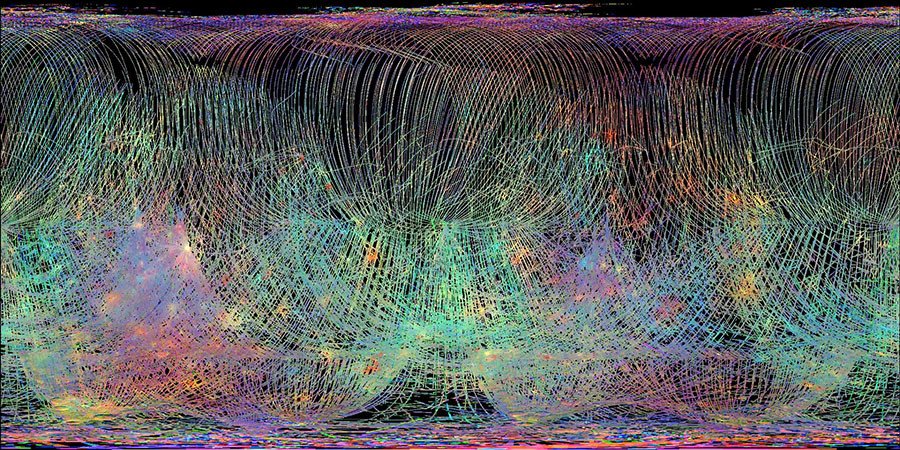
A probe into Mercury’s mineralogy by the Mercury Atmospheric and Surface Composition Spectrometer (MASCS) in 2012 delivered a kaleidoscope of wavelengths, segregated into red, green and blue. The result was visual feast that captured Mercury’s complex chemical surface.
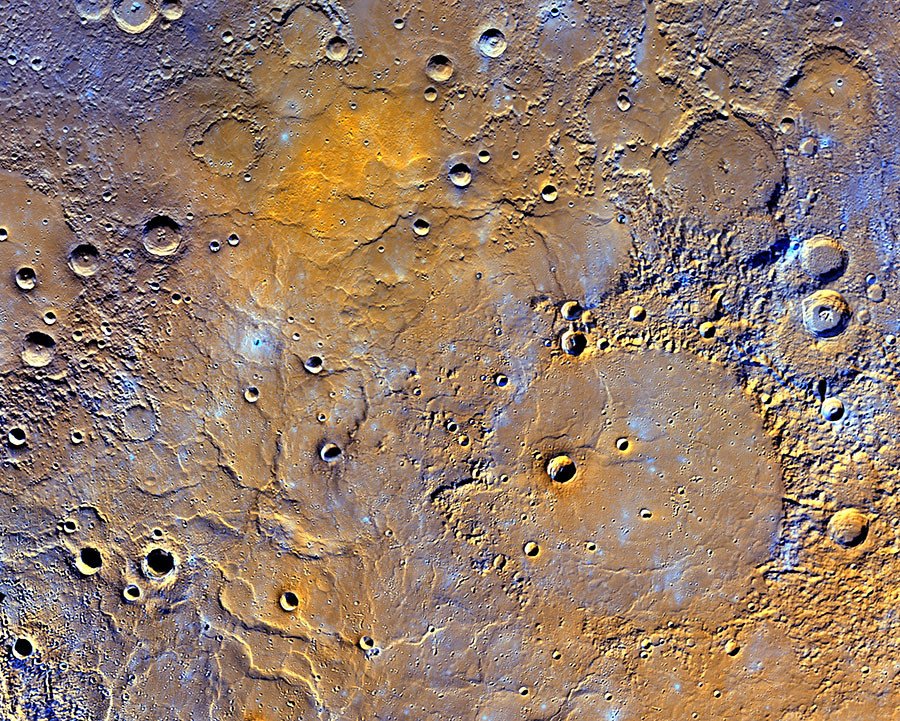
Messenger delivered the first topographical map across the entire planet, giving scientists an unprecedented insight into Mercury’s geological history. Pictured here is a view of Mercury’s volcanic planes, enhanced to show the different types of rock.

In 2015, NASA took data from the more than 250,000 images captured by Messenger to compile a detailed map of Mercury’s entire surface processes and minerals including its distinct craters and pyroclastic vents.
Mercury is still the least explored inner planet in the solar system, so, while we know much more than we did a decade ago, there’s a lot still to be learned about this mysterious mini-planet.












